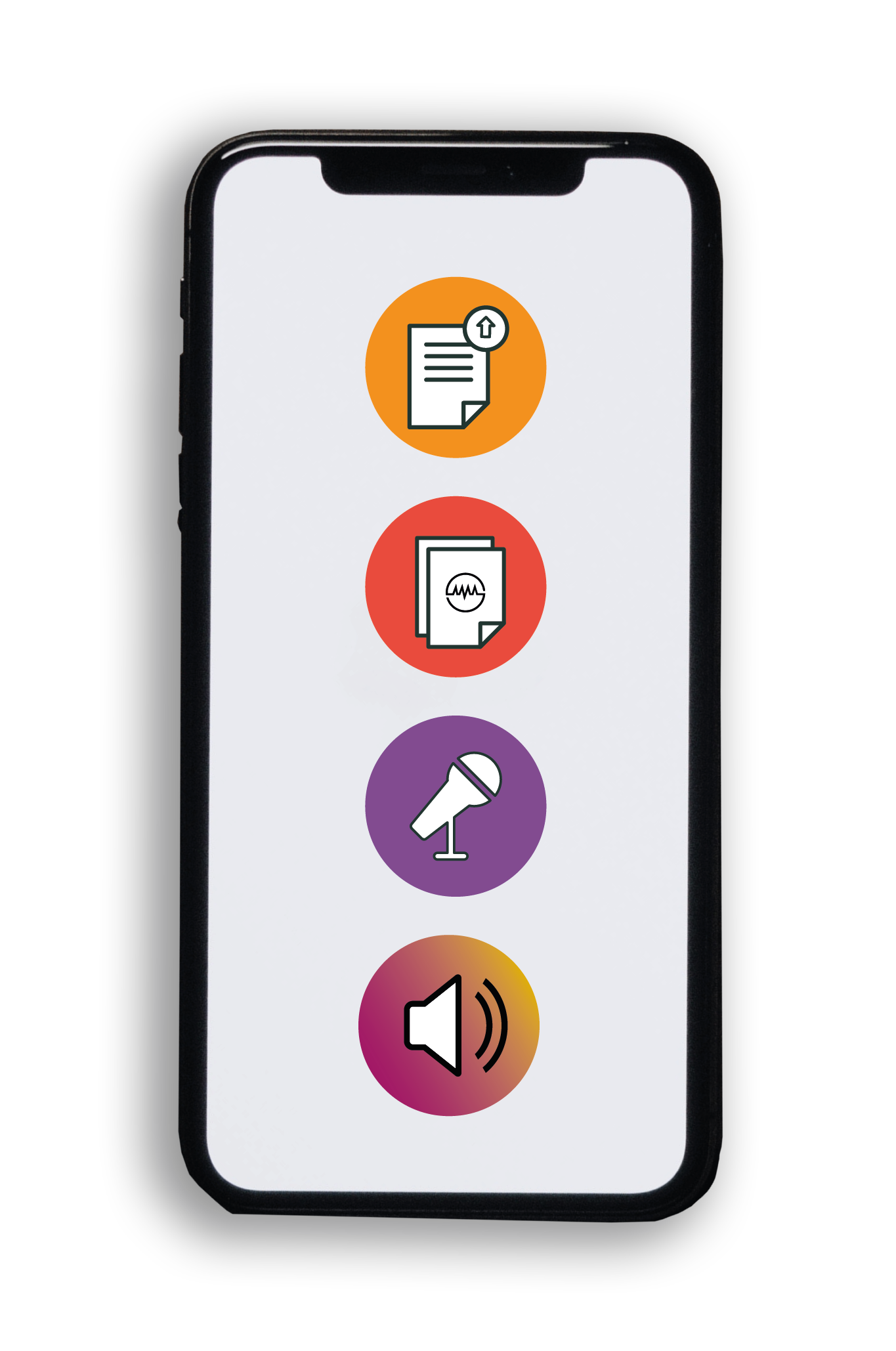Exploring the Surface Chemistry of Interstellar Dust
About this episode
Original Article Reference
This animation is a summary of https://doi.org/10.3390/min11010026
More episodes
Miguel-Ángel Climent – Jaime Ramis | Identifying Cracks in Corroding Reinforced Concrete Using Ultrasound
The PROSPECT Mission: Uncovering the Moon’s Natural Resources
Dr Ross Jansen-van Vuuren | Heavy Hydrogen, Light Footprint: Recyclable Catalysts Shake Up Deuterium Chemistry
Dr Jörg Enderlein | Building 3D Images of the Biomolecular World
This work is licensed under a Creative Commons Attribution 4.0 International License. 
What does this mean?
Share: You can copy and redistribute the material in any medium or format
Adapt: You can change, and build upon the material for any purpose, even commercially.
Credit: You must give appropriate credit, provide a link to the license, and indicate if changes were made.
Increase the impact of your research
• Good science communication helps people make informed decisions and motivates them to take appropriate and affirmative action.
• Good science communication encourages everyday people to be scientifically literate so that they can analyse the integrity and legitimacy of information.
• Good science communication encourages people into STEM-related fields of study and employment.
• Good public science communication fosters a community around research that includes both members of the public, policymakers and scientists.
• In a recent survey, 75% of people suggested they would prefer to listen to an interesting story than read it.

Step 1 Upload your science paper
Step 2 SciPod script written
Step 3 Voice audio recorded
Step 4 SciPod published




